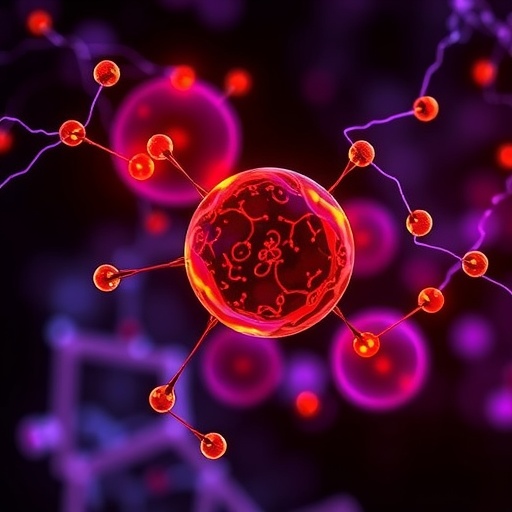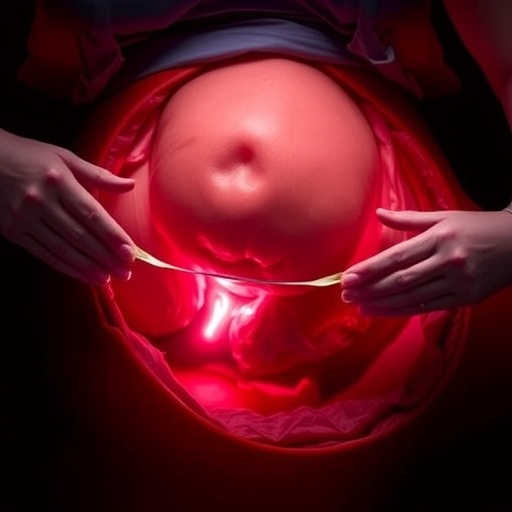Non-classical monocytes were long thought to play a purely surveillance role in the immune system. With the aid of a novel marker (PD-L1), Ludwig-Maximilians-Universitaet (LMU) in Munich researchers have now shown that they are directly involved in the regulation of immune response.
Monocytes comprise a functionally specific group of white blood cells and are known to play a role in the immune system. Based on the sets of proteins found on their surfaces, they can be divided into two major subtypes, known respectively as classical and non-classical monocytes, which serve different functions in the immune system. Up to now, non-classical monocytes have been viewed solely as surveillance cells that circulate in the bloodstream and serve to recruit other immune cells to sites of damage in the walls of blood vessels. However, an international team led by Dr. Johan Duchêne, Mariaelvy Bianchini, Dr. Remco Megens and Professor Christian Weber of the Institute for Cardiovascular Prevention (IPEK) at the LMU Medical Center has now identified a specific marker for these cells. Using this tool, they then went on to show, in a mouse experimental model, that non-classical monocytes also play a direct regulatory role in the adaptive immune response in certain tissues. The new study appears in the journal Science Immunology.
Classical monocytes migrate to sites of inflammation in the body, where they differentiate further to produce a range of specialized immune cells that activate other components of the immune response. “We were interested in whether or not non-classical monocytes might also be able to regulate other types of immune cells in addition to acting as lookouts,” says Duchêne. The problem was that no specific marker, with which they could be reliably identified, had been found for them. But this obstacle has now been overcome. In the course of their studies on mice, Duchêne and his colleagues characterized a specific surface protein as a suitable marker with which to track non-classical monocytes. “The protein concerned (PD-L1) is a known and well-studied molecule that is found on the surface of cancer cells and serves to inactivate the immune response to malignant tumor cells. “It was a great surprise for us to discover that this protein is also strongly expressed on the surface of non-classical monocytes,” says Bianchini, who is first joint author on the study.
The new marker made it possible for the authors of the new study to show that classical monocytes, which develop in the bone marrow, are converted into non-classical monocytes when they first come into contact with specialized blood vessels in the vicinity of the cortical bone. “This is the first experimental proof that both types of monocytes originate in the bone marrow. Altered conditions in this microenvironment, caused by inflammation reactions, for instance can have a negative effect on the conversion process,” explains Megens. “We have shown that this is in fact the case in the bone marrow of aging mice.”
In addition, the team demonstrated that non-classical monocytes are not bit players in the adaptive immune system. They can do more than acting as sentinels that raise the alarm. They are able to infiltrate a specific type of inflamed tissue – known as tertiary lymphatic organs – for instance in the context of myocardial infarction, where they function as direct regulators of the adaptive immune response by modulating the activities of specific subsets of other immune cells. “Our new marker has shown itself to be a very valuable tool, and it will help to further elucidate the biological roles of non-classical monocytes,” says Weber. “It might even allow us to discover new molecular mechanisms that contribute to the development of inflammatory disorders such as cardiovascular disease and cancer.”
###
Media Contact
Dr. Kathrin Bilgeri
[email protected]




